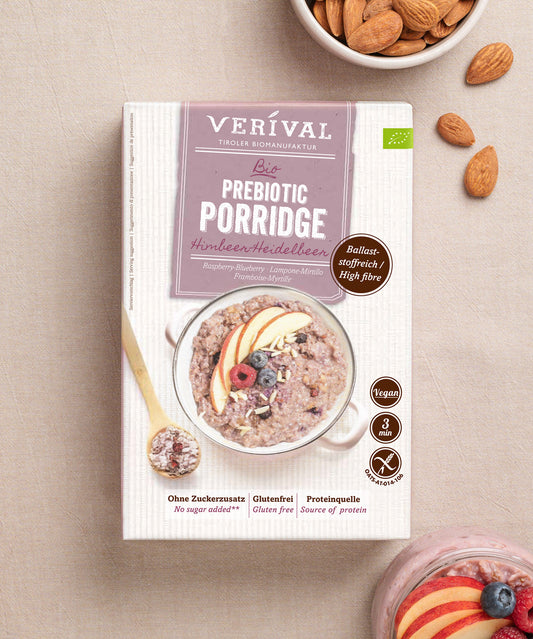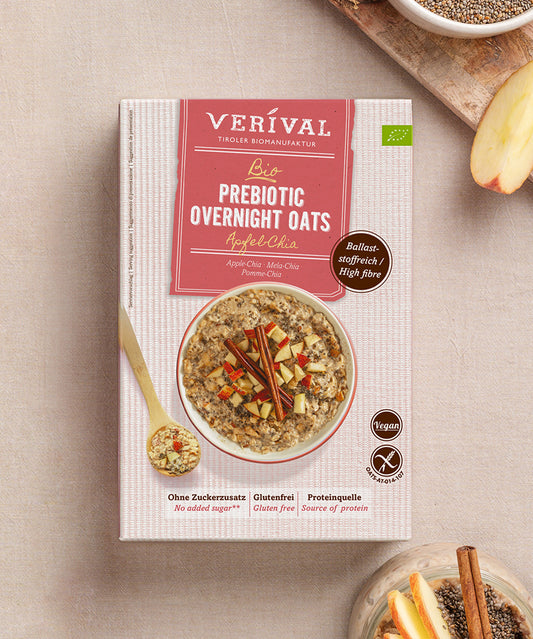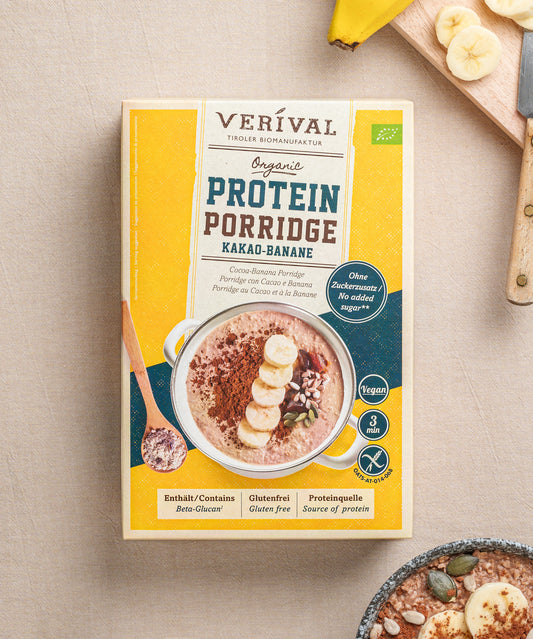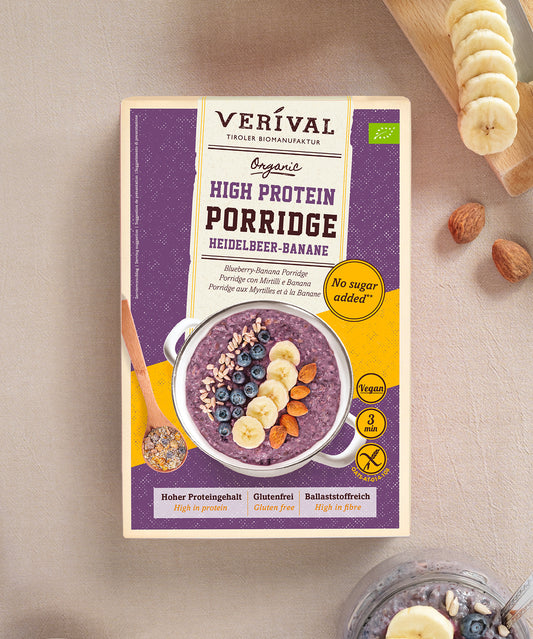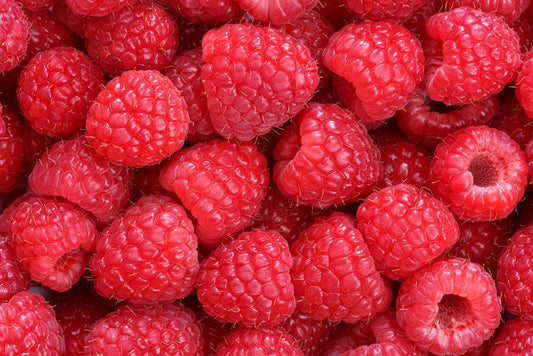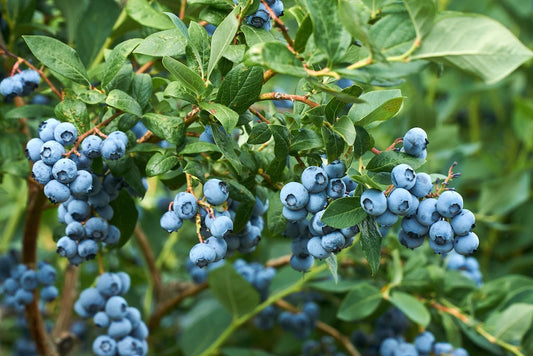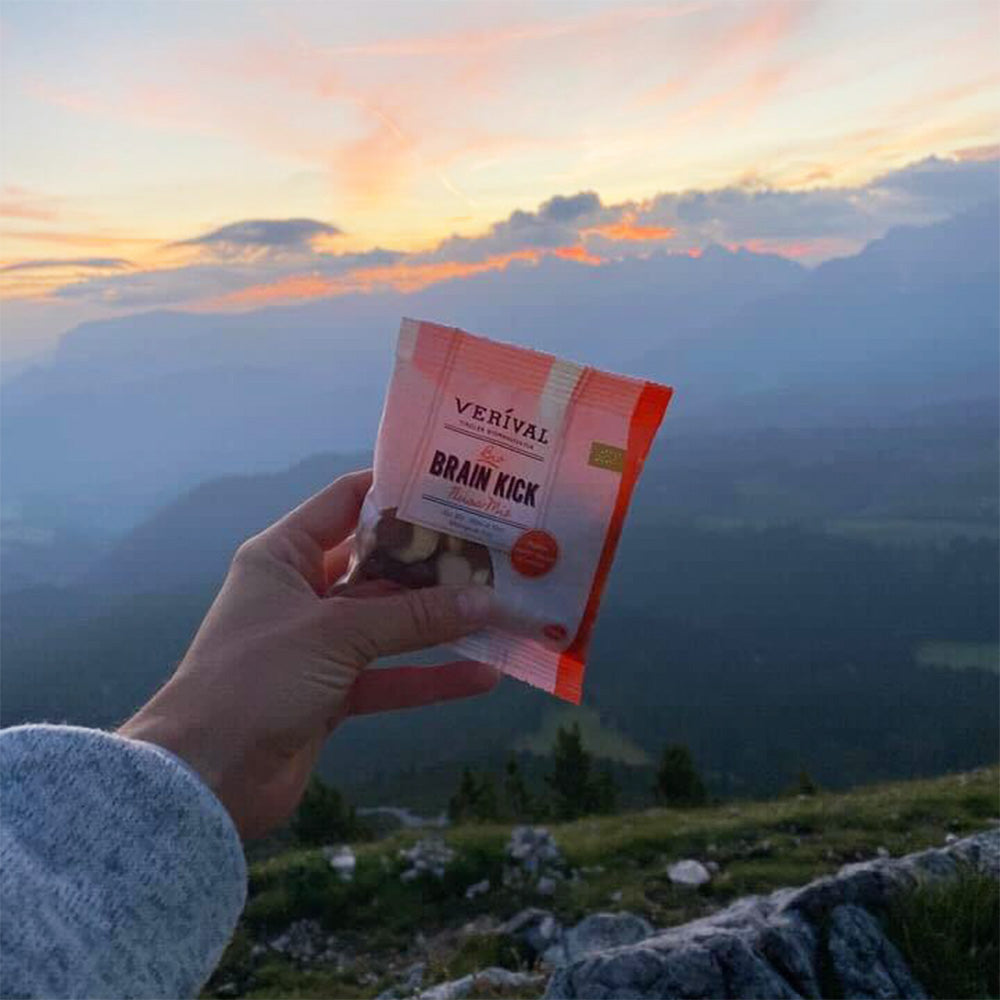It is hard to imagine a well-balanced diet or a well-stocked pantry without almonds. On the one hand, they are full of healthy nutrients and, like almost all nuts, can therefore be considered a true superfood. On the other hand, they are also real all-rounders in the kitchen and can be used in an incredible variety of ways.
Whether as a topping for porridge and muesli, pure as a snack between meals, pureed to make almond butter or almond drink, processed into cakes, tarts and the like or “roasted” as a popular Advent market sweet, hardly any other nut has as many uses as the almond. We present you with the 8 most popular recipes that you can prepare with almonds.
Discover organic almonds from Verival
Why almonds should not be missing from your diet
Like all nuts, almonds are very valuable for nutrition and should be a regular part of your diet. The high protein and fiber content in almonds ensures that you stay full longer and can reduce the risk of food cravings.
The magnesium content in almonds is also particularly noteworthy. With a handful of these delicious nuts, you already cover a sixth of your daily requirement – this is one of the reasons why athletes love to eat nuts.
As you may already know, all nuts have a relatively high fat content. Incidentally, almonds, with 52 g/100 g, are among the lower-fat varieties. However, there is a simple explanation as to why nuts and especially almonds should not be labeled as fattening: the fats they contain are mostly monounsaturated and polyunsaturated fatty acids, which are very healthy for the body because they have a positive effect on cholesterol levels, for example.
And now we'll tell you how you can easily incorporate this super nut into your diet:
8 great recipes with almonds
Almonds as an ingredient or topping for your porridge or muesli
It doesn't get much easier than this: if you want to make sure you get some of your daily nut intake at breakfast time, simply garnish your favorite muesli or porridge with a handful of almonds. Or choose one of our mix varieties, as many of our products already contain almonds, such as our gluten-free porridges or our almond-fig sports muesli.
Homemade almond butter
Almond butter is quicker to prepare than you might think. Simply blend the desired amount of almonds in a blender until a creamy consistency is achieved. If necessary, you can add a little water or oil. If you store the almond butter in an airtight container in the refrigerator, it will keep for a few days. Almond butter has a wide range of uses – here are a few examples:
- as a topping for porridge, overnight oats or smoothie bowls
- to bind/thicken sauces
- to refine vegetable dishes & soups
- as an ingredient for desserts
- for snacking between meals
- as a spread on bread (instead of butter)
DIY almond drink – here's how
More and more people are deciding to avoid cow's milk. It doesn't matter whether they follow a vegetarian, vegan or flexitarian diet – the trend is clearly moving towards plant-based drinks. The selection on the supermarket shelves is now huge, both in terms of the different varieties, such as oat, soy, rice, coconut or even almond milk, and the different brands. But did you know that you can easily make almond milk yourself? This is how it's done:
Marzipan
When writing about almonds, marzipan is an essential topic. This popular sweet treat is basically just ground almonds, which are first shelled and blanched, and sugar. There is still some uncertainty about who invented the sweet treat. Although historians largely agree that marzipan originated in the Orient, or more precisely in Persia or present-day Iran, there is a local legend that says it was created in Lübeck at the beginning of the 15th century.
Regardless of where it was actually first prepared, marzipan is now widely available and is probably one of those foods that you either like or don't like. Of course, you can also make it yourself!
Baking with almonds and almond flour
Almonds, along with hazelnuts, are probably the most commonly used nuts in baking, which is probably due to their delicate flavor. The ground version, almond flour, is particularly popular with people with celiac disease because it contains no gluten and is therefore a great alternative. It also has a much lower carbohydrate content than conventional flour, which is why almond flour can also be used in a low-carb diet. Unfortunately, our granola tart with yogurt and almonds is neither low-carb nor gluten-free, but it is incredibly delicious:
Vegan cream cheese made from almonds
Did you know that you can even make cream cheese from almonds? This is a very welcome alternative for vegans. You can, but don't have to, buy the packaged version in the supermarket (which probably isn't available everywhere yet). You can easily make your own almond cream cheese. It also works with cashews!
Green pesto with almonds (vegan)
Pesto is one of those dishes that is so easy to prepare. Even though there are countless vegan, vegetarian, and non-vegetarian varieties available in the supermarket, homemade pesto tastes best. There are no limits to your creativity here, by the way. Rocket, basil, parsley or spinach, for example, are suitable as a green base, and almonds, cashew nuts, pine nuts, sunflower seeds and pumpkin seeds as crunchy flavor carriers. How about an almond and spinach pesto with pine nuts?
Roasted almonds
Finally, we come to something a little Christmassy. The scent of roasted almonds is an integral part of any Advent market. But what does “roasted” actually mean? In this case, the word refers to the preparation of the Christmas treat. The almonds are boiled in a sugar-water mixture until the sugar caramelizes (or “burns”) and forms a shiny layer around the nuts.
Incidentally, homemade roasted almonds are also great as a topping for Christmas porridge or as a zero-waste gift for a sustainable Christmas. In this blog post, we show you how to do it.
As you can see, almonds can be used to make some wonderful things. Do you have a favorite?





